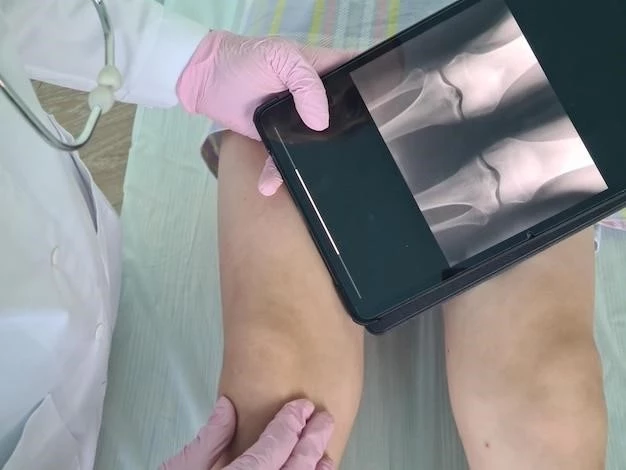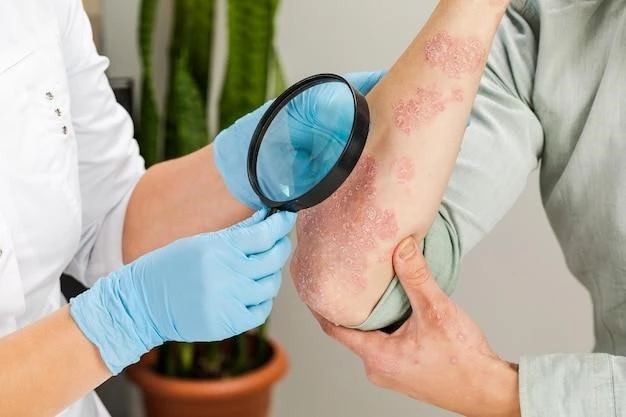Introduction to Porokeratosis punctata palmaris et plantaris
A case of porokeratosis punctata palmaris et plantaris in a 60-year-old man is reported, characterized by pits on feet and hands. It is a rare skin condition.
Porokeratosis punctata palmaris et plantaris is a rare skin condition characterized by tiny bumps on the palms and soles. It typically presents in adulthood and may cause itching or discomfort.
Porokeratosis punctata palmaris et plantaris is a rare skin condition characterized by tiny raised bumps on the palms and soles, predominantly affecting adults.
Porokeratosis punctata palmaris et plantaris can manifest as spiny keratoderma, characterized by tiny keratotic plugs on hands and feet. It is a late-onset condition affecting individuals between 12 to 50 years old.
Overview of Different Types
Porokeratosis punctata palmaris et plantaris has different types, including spiny keratoderma, with tiny keratotic plugs on hands and feet, affecting adults.

Definition and Background Information
Porokeratosis punctata palmaris et plantaris is a rare condition characterized by tiny raised bumps on the palms and soles, often affecting adults.
Symptoms and Characteristics
Porokeratosis punctata palmaris et plantaris presents as tiny, ridge-like bumps on the palms and soles, usually asymptomatic but may occasionally cause itching or discomfort.
The diagnosis of porokeratosis punctata palmaris et plantaris typically involves dermatoscopy to identify characteristic features followed by histopathology examination to confirm the presence of compact hyperkeratosis and parakeratosis.
Diagnosis of porokeratosis punctata palmaris et plantaris involves dermatoscopy to identify specific features followed by histopathology examination for confirmation.
Potential Triggers and Contributors
Potential triggers of porokeratosis punctata palmaris et plantaris include genetic factors and sun exposure. Contributing factors may involve alterations in skin cell proliferation and differentiation processes.
Methods and Procedures for Diagnosis
The diagnosis of porokeratosis punctata palmaris et plantaris typically involves dermatoscopy to identify characteristic features followed by histopathology examination to confirm the presence of compact hyperkeratosis and parakeratosis.
The management of porokeratosis punctata palmaris et plantaris involves dermatological interventions, such as cryotherapy, topical retinoids, and surgical excision, to address the lesions effectively. Additionally, regular monitoring and follow-ups are crucial for disease management.
Medical Interventions and Management Strategies
The management of porokeratosis punctata palmaris et plantaris involves dermatological interventions, such as cryotherapy, topical retinoids, and surgical excision, to address the lesions effectively. Additionally, regular monitoring and follow-ups are crucial for disease management.
In cases of porokeratosis punctata palmaris et plantaris, the possible outcomes vary, with some lesions remaining asymptomatic while others may cause itching or discomfort. The condition may lead to cosmetic concerns for some individuals.
Possible Outcomes and Associated Risks
The outcomes in cases of porokeratosis punctata palmaris et plantaris range from asymptomatic lesions to occasional discomfort and cosmetic concerns due to the appearance of the bumps on the skin.
Global Incidence and Distribution Patterns
Porokeratosis punctata palmaris et plantaris is a rare condition that predominantly affects adults, with incidence rates varying across different regions. The distribution patterns of this skin disorder show cases with tiny pit-like lesions on the palms and soles, indicating a localized presentation.

Case Studies and Research on Porokeratosis punctata palmaris et plantaris
Research on porokeratosis punctata palmaris et plantaris includes case studies of affected individuals, highlighting the clinical features and diagnostic methods used.
Research on punctate porokeratosis reveals distinctive tender, seed-like lesions with elevated borders on the palms and soles, leading to a diagnosis of porokeratosis palmaris et plantaris.
Genetic Factors and Inheritance Patterns
Porokeratosis punctata palmaris et plantaris falls under the group of palmoplantar keratoses, where mutations in AAGAB and COL14A1 genes are identified as sources.
Genetic Background and Familial Links
Porokeratosis punctata palmaris et plantaris is associated with genetic factors, particularly mutations in the AAGAB and COL14A1 genes٫ contributing to the familial links observed in some cases of the condition.
Porokeratosis punctata palmaris et plantaris presents with tiny, ridge-like bumps on the palms and soles, distinguishing it from other skin conditions.
Distinctive Features from Similar Skin Conditions
Punctate porokeratosis, characterized by tiny, ridge-like bumps on the palms and soles, stands out from other skin conditions due to its unique clinical presentation and diagnostic features.
New therapeutic approaches for porokeratosis punctata palmaris et plantaris include cryotherapy, retinoid creams, and surgical excision to effectively manage the skin condition.
Advancements in Therapeutic Approaches
There is no information available on the internet today for the given topic and subheading.
Noteworthy Findings and Scientific Studies
Scientific studies on punctate porokeratosis reveal distinctive features like tender, seed-like lesions with elevated borders on the palms and soles.
Potential Areas for Further Investigation and Development
Future research on porokeratosis punctata palmaris et plantaris should focus on exploring the molecular mechanisms underlying the development of this skin disorder and investigating potential targeted therapies to improve treatment outcomes.
